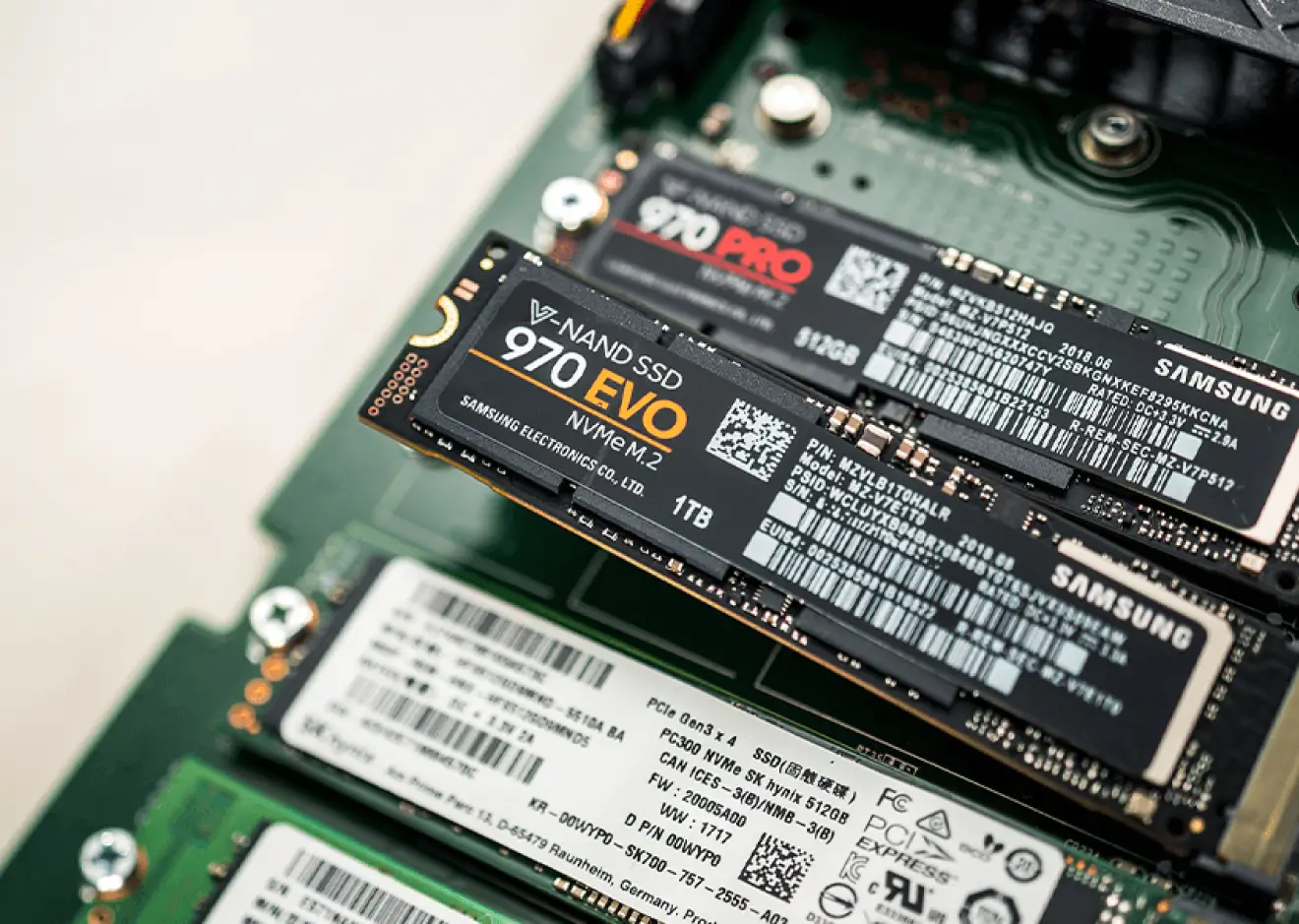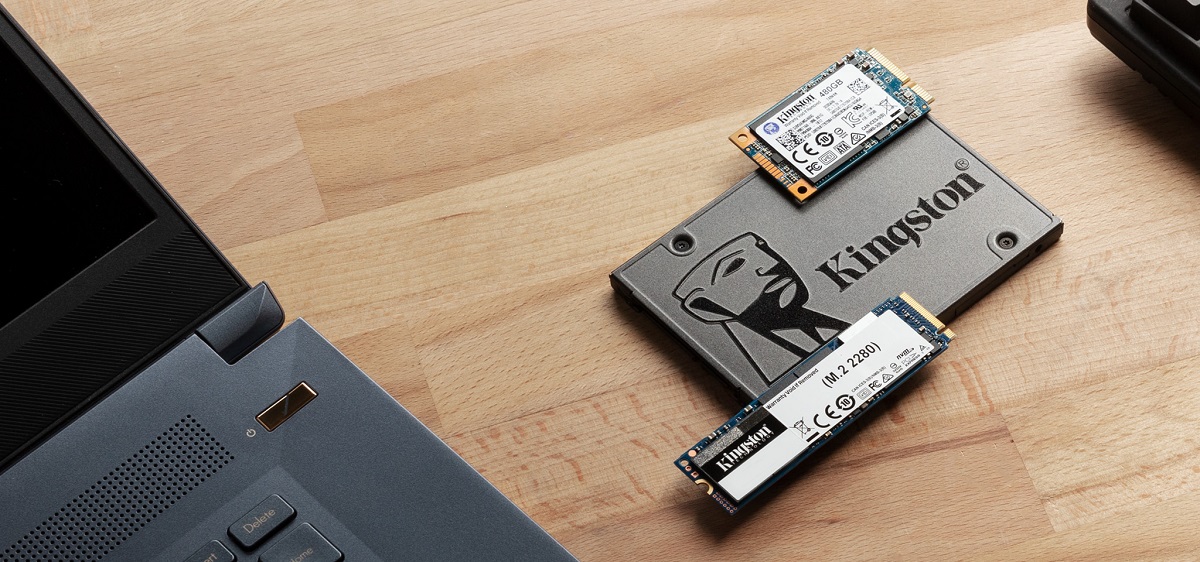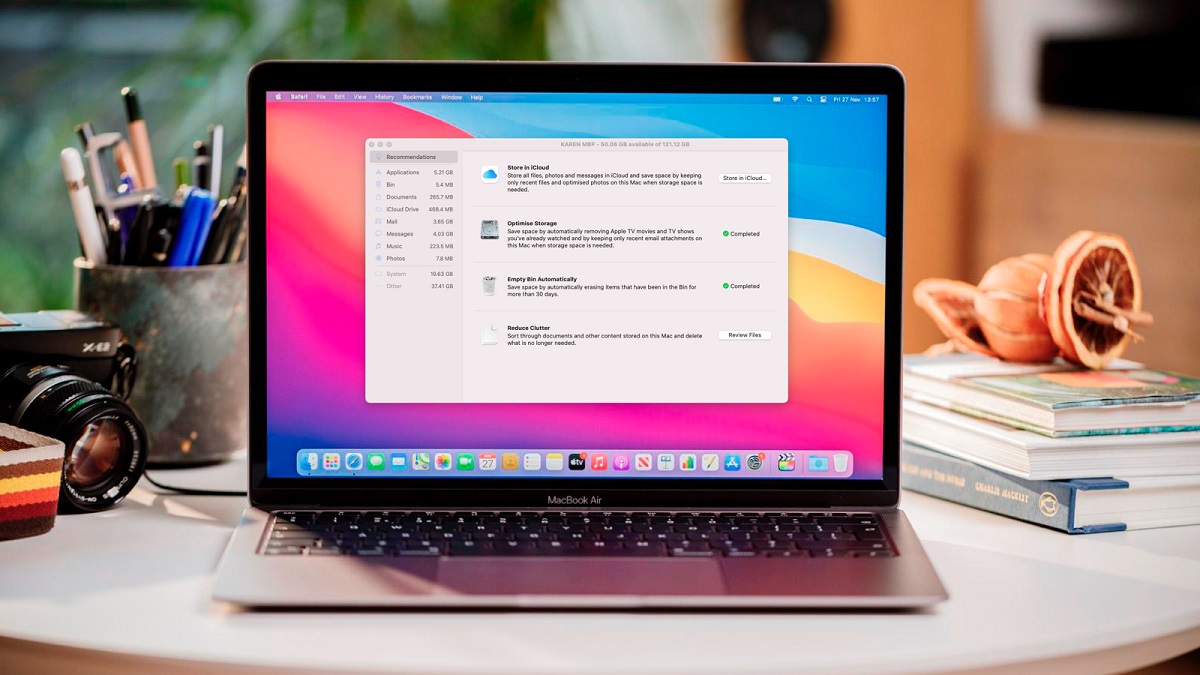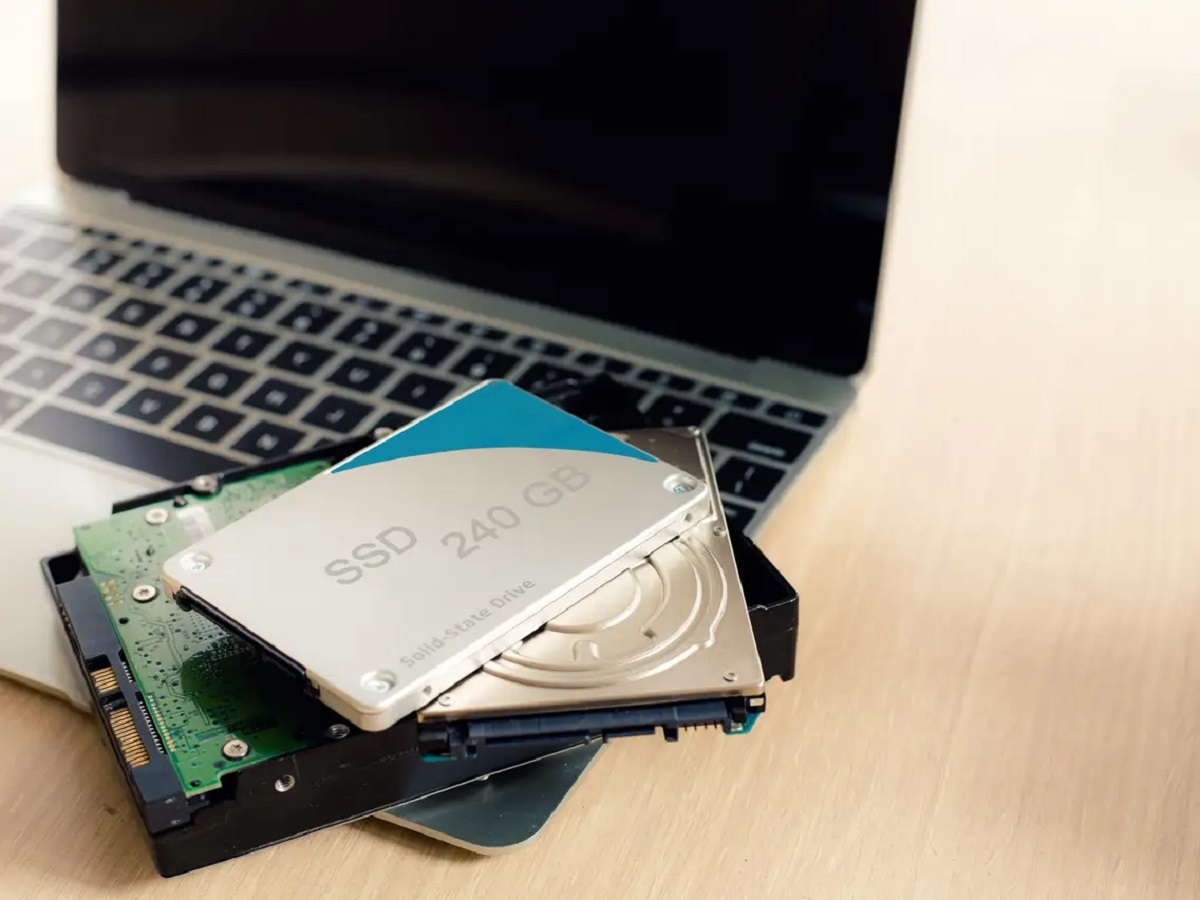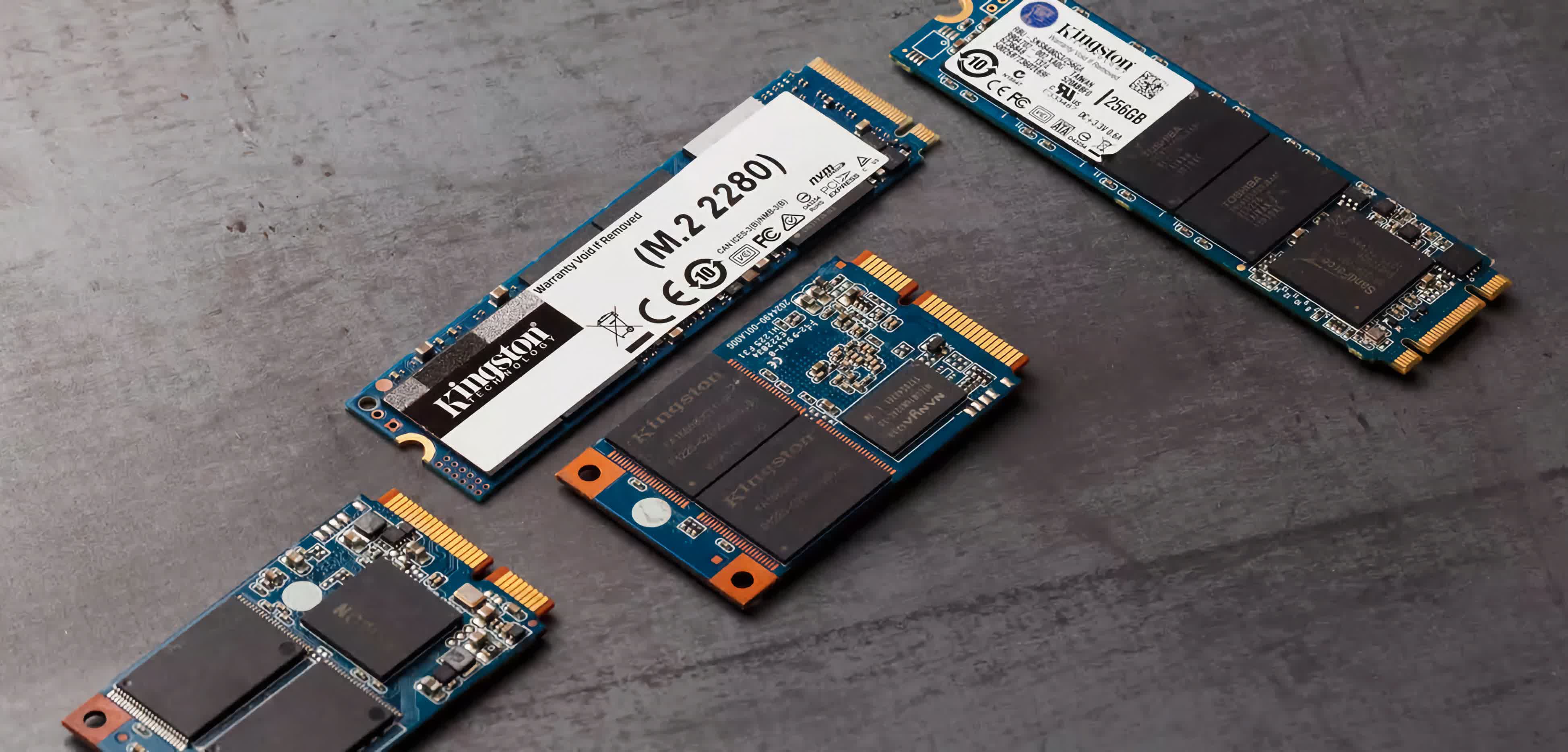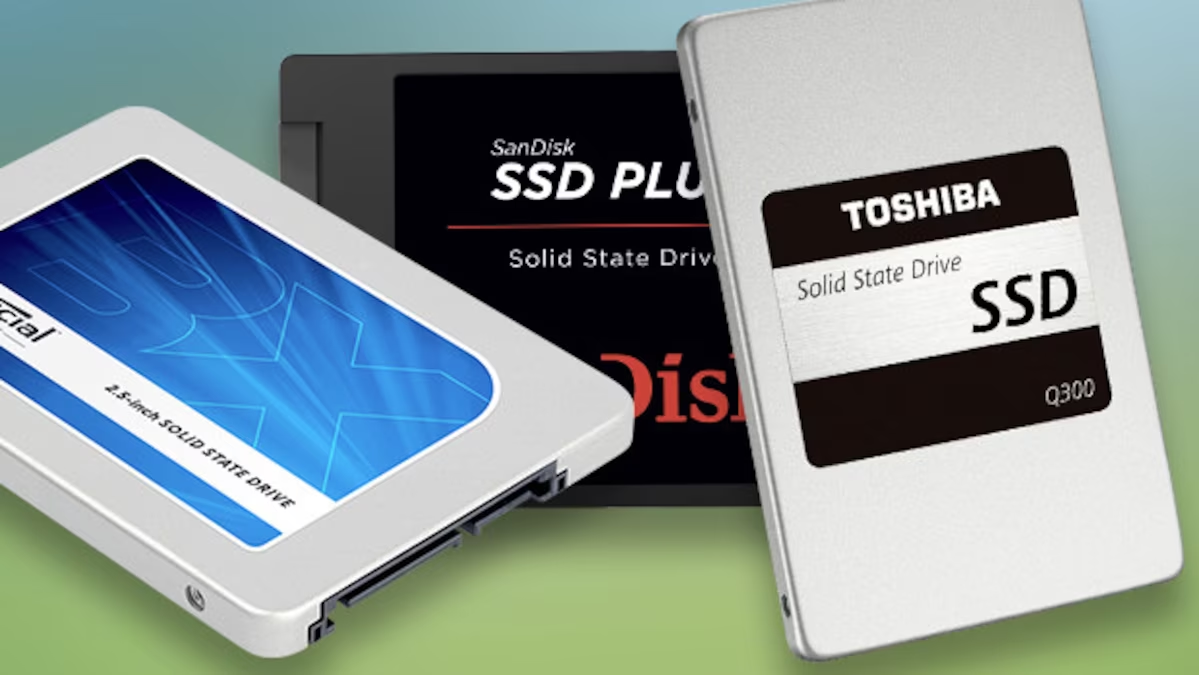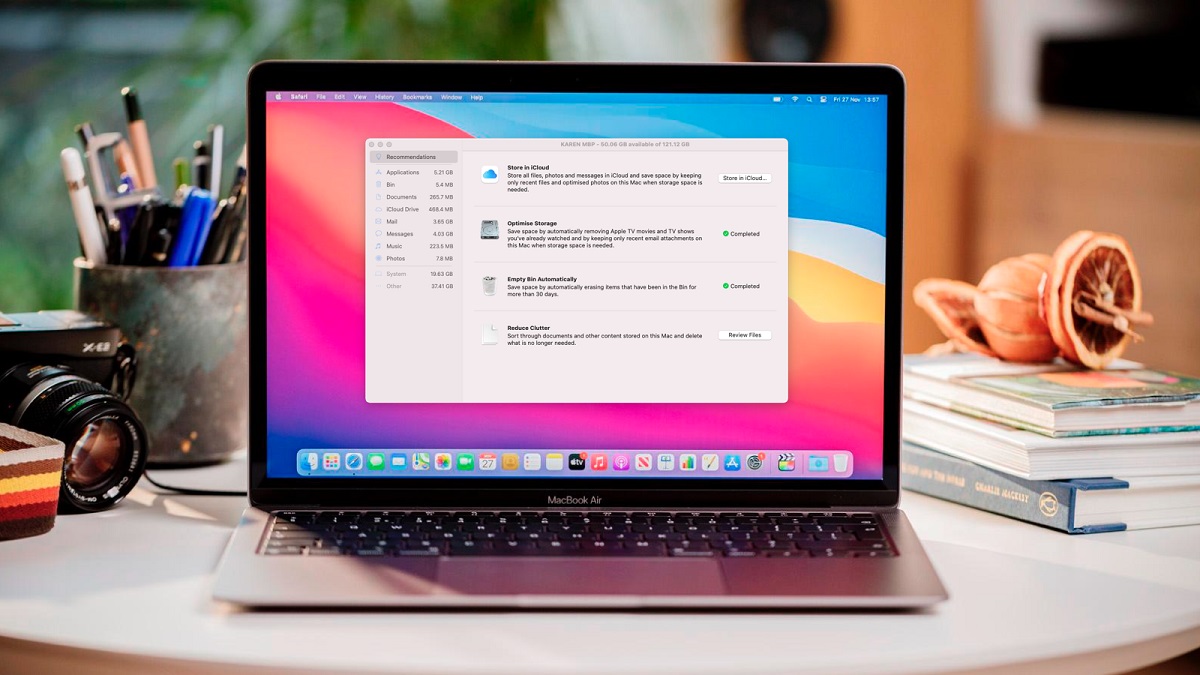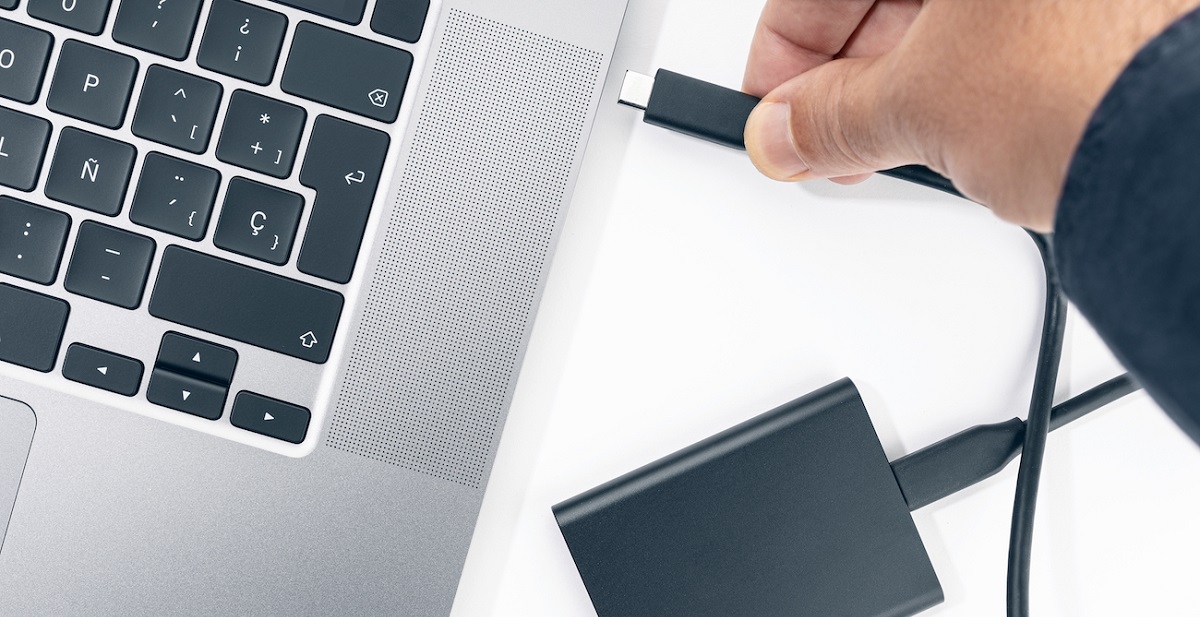Introduction
Deleting an operating system (OS) from a solid-state drive (SSD) may become necessary when you want to upgrade to a newer version or switch to a different OS altogether. However, it’s crucial to proceed with caution to avoid any data loss or complications. With the right steps and preparation, deleting an OS from your SSD can be a smooth process.
Before you begin, it’s important to note that removing the operating system will erase all data on the SSD. Therefore, it is crucial to back up any important documents, files, and settings that you want to retain. Additionally, ensure that you have the necessary system requirements and a bootable USB drive with the new OS installation files.
In this guide, we will walk you through the process of deleting an OS from your SSD and installing a new one. From creating a backup to restoring your data, we’ll cover each step to help you successfully complete the process. Remember, patience and attentiveness are key during this process to ensure a seamless transition to your new operating system.
So, if you’re ready to delete an OS from your SSD and embark on a new computing journey, let’s dive into the detailed steps for a successful OS deletion and installation.
Step 1: Create a Backup
Before proceeding with any OS deletion or installation, it’s crucial to create a backup of all your important files and data. This will ensure that you have a copy of everything that you want to retain, just in case anything goes wrong during the process. Here’s how to create a backup:
- Identify your essential data: Determine which files, folders, and settings you want to back up. This might include documents, photos, videos, and any other files that you consider valuable.
- Choose a backup method: There are several backup methods available, such as using an external hard drive, cloud storage services, or specialized backup software. Choose the method that suits your needs and preferences.
- Backup your data: Follow the steps provided by your chosen backup method to transfer your files to the backup destination. Ensure that the backup process is complete and that you have verified the integrity of the backup files.
- Verify your backup: Once the backup process is finished, double-check that all your important files and data are included in the backup. It’s a good idea to open a few files or restore a sample data set to ensure the backup is working as intended.
Creating a backup is essential because it provides safety and peace of mind in case anything goes wrong during the OS deletion and installation process. It allows you to restore your important data effortlessly, minimizing the risk of losing valuable files.
Remember to keep your backup in a safe and accessible location until you have successfully completed the OS deletion and installation. Once you have confirmed that everything is working correctly with the new OS, you can safely delete the old operating system from your SSD.
Step 2: Check for System Requirements
Before proceeding with the OS deletion and installation process, it’s important to ensure that your system meets the requirements for the new operating system. Each OS has specific hardware and software requirements, and failing to meet them could result in compatibility issues or performance issues. Here’s how to check for system requirements:
- Research the new OS requirements: Visit the official website of the OS you plan to install and look for the system requirements section. Make a note of the minimum and recommended specifications, including the processor, RAM, storage space, and graphics card requirements.
- Compare with your system: Take note of the specifications of your current system, including the processor, amount of RAM, available storage space, and graphics card. Compare these with the requirements of the new OS. If your system falls short in any of these areas, consider upgrading the hardware components before proceeding.
- Check software compatibility: Apart from the hardware requirements, some software applications may not be fully compatible with certain operating systems. Check if any crucial software programs or drivers you rely on are compatible with the new OS. If not, you may need to find suitable alternatives or updates.
- Note any additional requirements: Some operating systems may have additional requirements, such as an internet connection or specific peripheral devices. Make sure you’re aware of these additional requirements and have them ready before starting the installation process.
By thoroughly checking your system against the requirements of the new operating system, you can avoid potential issues and ensure a smooth installation process. Upgrading or replacing the necessary hardware components and addressing any software compatibility concerns beforehand will help you make the most of the new OS and its features.
Once you’ve confirmed that your system meets the requirements, you can proceed to the next step of creating a bootable USB drive to prepare for the OS deletion and installation.
Step 3: Create a Bootable USB Drive
Creating a bootable USB drive is an essential step before proceeding with the OS deletion and installation. It allows you to easily install the new operating system on your SSD. Here’s how to create a bootable USB drive:
- Select the OS installation image: Download the installation image file of the new operating system from the official website or a trusted source. Ensure that you choose the appropriate version and edition for your system.
- Get a USB drive: You will need a USB drive with sufficient storage capacity to hold the installation files. Make sure it is empty or backup its existing contents.
- Format the USB drive: Insert the USB drive into your computer and format it as FAT32 or NTFS, as specified in the instructions provided by the OS manufacturer.
- Create the bootable USB: Use a reliable tool, such as Rufus or Windows Media Creation Tool, to create a bootable USB drive. Follow the step-by-step instructions provided by the tool to select the OS installation image and create the bootable drive.
- Verify the bootable USB: Once the bootable USB drive is created, verify its contents to ensure that all the necessary files are present and accessible. This will help you avoid any issues during the installation process.
Having a bootable USB drive is crucial as it allows you to install the new operating system without the need for an optical drive. It ensures a convenient and efficient installation process.
Make sure to keep the bootable USB drive in a safe place until you are ready to proceed with the OS deletion and installation. In the next step, we will guide you on how to boot your system from the USB drive to initiate the installation process.
Step 4: Boot from USB Drive
Booting your system from the USB drive is a crucial step in initiating the OS deletion and installation process. By following these steps, you will be able to start the installation wizard and proceed with the installation of the new operating system:
- Insert the bootable USB drive: Insert the bootable USB drive into a USB port on your computer.
- Restart your computer: Restart your computer to begin the booting process. You may need to access the boot menu or BIOS settings, depending on your computer’s manufacturer and model.
- Access the boot menu: To access the boot menu, look for a message or key combination displayed on your screen during startup. It is usually one of the function keys (such as F12 or F9) or the Esc key. Press the indicated key repeatedly until the boot menu appears.
- Choose the bootable USB drive: Use the arrow keys on your keyboard to navigate the boot menu and select the bootable USB drive as the primary boot device.
- Save changes and exit: Once you have selected the bootable USB drive, save the changes in the boot menu settings and exit. Your computer will now boot from the USB drive.
- Follow the OS installation wizard: After the computer boots from the USB drive, the installation wizard for the new operating system should appear. Follow the on-screen instructions to proceed with the installation, including selecting the installation language, accepting the license agreement, and choosing the installation location on your SSD.
- Wait for the installation to complete: The installation process may take some time, depending on your system and the size of the operating system files. Be patient and allow the installation to complete without interruption.
Booting from the USB drive is a critical step to transition from the old operating system to the new one. It allows you to access the installation files and initiate the installation process, ensuring a seamless transition.
Once the installation is complete, continue to the next step to format the SSD and prepare it for the new operating system.
Step 5: Format the SSD
Formatting the SSD is an essential step in preparing it for the installation of the new operating system. Formatting erases all data on the SSD and sets it up for a fresh installation. Follow these steps to format your SSD:
- Access the installation screen: After the OS installation wizard appears, you will be prompted to choose an installation location. Select the SSD where you want to install the new operating system.
- Format the SSD: Once you have selected the SSD, you will have the option to format it. Choose the format option to start the formatting process.
- Confirm the formatting: A confirmation message will appear, informing you that all data on the SSD will be erased. Make sure you have backed up any important files before proceeding. Confirm the formatting process to continue.
- Wait for the formatting to complete: The formatting process may take a few minutes, depending on the size and speed of your SSD. Keep in mind that during formatting, all data on the SSD will be permanently deleted.
- Complete the OS installation: Once the formatting is complete, the installation of the new operating system will proceed. Follow the on-screen instructions to configure system settings, create user accounts, and personalize the OS experience.
Formatting the SSD ensures a clean installation of the new operating system, free from any remnants of the previous OS. It provides a fresh start and maximizes the performance and stability of your system.
After formatting the SSD, the installation process will continue, and you will be guided through the additional steps required to complete the installation.
Remember, formatting the SSD will permanently erase all data, so make sure you have backed up everything you need before proceeding.
Step 6: Install a New Operating System
With the SSD formatted and prepared, it’s time to install the new operating system. This step will guide you through the installation process, allowing you to set up the new OS on your SSD:
- Follow the installation wizard instructions: The installation wizard will guide you through the installation process. Follow the on-screen instructions to select the installation language, accept the license agreement, and choose any customization options provided.
- Specify the installation location: When prompted, select the SSD as the installation location for the new operating system. Ensure that you choose the correct SSD if you have multiple storage devices connected to your computer.
- Configure system settings: After selecting the installation location, you may have the opportunity to configure system settings, such as time zone, keyboard layout, and network preferences. Customize these settings according to your preferences.
- Create user accounts: Depending on the OS, you may be asked to create user accounts during the installation process. Provide the necessary details, such as username and password, to create your user account(s).
- Wait for the installation to complete: The installation process may take some time, depending on the size of the operating system and the speed of your computer. Be patient and avoid interrupting the installation process.
- Restart your computer: Once the installation is complete, you will be prompted to restart your computer. Follow the instructions to restart and allow the new operating system to configure itself.
Installing a new operating system brings numerous benefits, including enhanced features, improved security, and compatibility with the latest software. It’s an opportunity to optimize your computer’s performance and enjoy a fresh computing experience.
During the installation process, ensure that you have a stable power source and a reliable internet connection, if required. This will help prevent any interruptions and ensure a smooth installation.
Once the installation is complete, proceed to the next step to update drivers and software to ensure optimal functionality and performance.
Step 7: Update Drivers and Software
After successfully installing the new operating system, it’s important to update your drivers and software to ensure optimal functionality and compatibility. This step will guide you through the process of updating drivers and software:
- Check for driver updates: Visit the manufacturer’s website for your computer, motherboard, graphics card, and other hardware components to download and install the latest drivers. Updating drivers can resolve compatibility issues and improve performance.
- Use automatic driver update software: Alternatively, you can use driver update software like Driver Booster or Driver Easy to automatically scan your system for outdated drivers and update them with a single click.
- Update software applications: Check for updates for the software applications you regularly use. Many applications have built-in update mechanisms, or you can visit their official websites to download and install the latest versions.
- Enable automatic updates: Configure your operating system to automatically check for and install updates. This will ensure that you stay up to date with the latest security patches, bug fixes, and feature enhancements.
- Restart your computer: After updating drivers and software, it’s important to restart your computer to apply the changes effectively. This will ensure that the updates take effect and enhance the stability and performance of your system.
Updating drivers and software is essential for maintaining a secure and efficient computing environment. By keeping your system up to date, you can ensure compatibility with new hardware and software developments, improve system stability, and mitigate security vulnerabilities.
Remember to periodically check for updates and install them promptly to stay current and take advantage of new features and enhancements.
By completing this step, you’ve ensured that your system is up to date and ready to deliver an optimal computing experience with the new operating system.
Step 8: Restore Data from Backup
With the new operating system installed and your drivers and software up to date, it’s time to restore your data from the backup you created earlier. Follow these steps to successfully restore your data:
- Connect your backup device: Connect the external hard drive, USB drive, or access the cloud storage service where you stored your backup.
- Locate your backup files: Navigate to the location where your backup files are stored. This may be a specific folder, a backup software program, or a cloud storage account.
- Select the files to restore: Identify the files and folders you want to restore to your new operating system. This may include documents, photos, videos, music, and any other files you backed up.
- Begin the restoration process: Initiate the restoration process either by copying the files manually, using a backup software program, or utilizing the restore feature of your cloud storage service.
- Verify the restored data: After the restoration process is complete, take the time to verify that your data has been successfully restored. Open a few files or sample folders to ensure that everything is intact and accessible.
- Organize and optimize your data: Take the opportunity to organize your restored files and optimize them for the new operating system. Consider reviewing and organizing your folder structure, deleting unnecessary files, and updating file associations as needed.
Restoring your data from the backup ensures that you have access to your important files and settings in the new operating system. It allows you to continue your work seamlessly and pick up where you left off.
Remember to keep your backup files and storage device in a safe place after the restoration process. Regularly backing up your data is essential for protecting against data loss and ensuring the security of your valuable files.
By completing these steps, you have successfully deleted the old operating system from your SSD, installed a new one, and restored your important data. Your system is now ready to be used with the new operating system and all of its features.
Conclusion
Deleting an operating system from your SSD and installing a new one can be a complex process, but by following the steps outlined in this guide, you can successfully navigate through it. Let’s recap the key steps:
In Step 1, you learned the importance of creating a backup to ensure the safety of your important files and data. Step 2 emphasized the significance of checking the system requirements for the new operating system to avoid compatibility issues.
In Step 3, you discovered how to create a bootable USB drive, which is essential for initiating the installation process. Step 4 guided you through the process of booting your system from the USB drive to begin the installation.
Step 5 highlighted the importance of formatting your SSD to provide a clean slate for the new operating system. In Step 6, you learned how to install the new operating system and customize system settings.
Step 7 stressed the significance of updating drivers and software to ensure optimal functionality and compatibility. Finally, in Step 8, you discovered how to restore your data from the backup, allowing you to resume your work seamlessly.
By following these steps, you have successfully deleted the old operating system from your SSD, installed a new one, and restored your important data. You now have a fresh and optimized operating system, ready to provide you with enhanced features, improved performance, and a seamless computing experience.
Remember to keep your system updated and regularly back up your data to protect against any future issues or data loss. With these practices in place, you can ensure the longevity and efficiency of your operating system.
Thank you for following this guide, and we hope it has been helpful in your journey of deleting an operating system from your SSD and installing a new one. Enjoy your new OS and the possibilities it brings!







